Citizen Watch Co. and Its Endless Pursuit of Accuracy
Mechanical chronometers emerge at a company known for affordable mass production
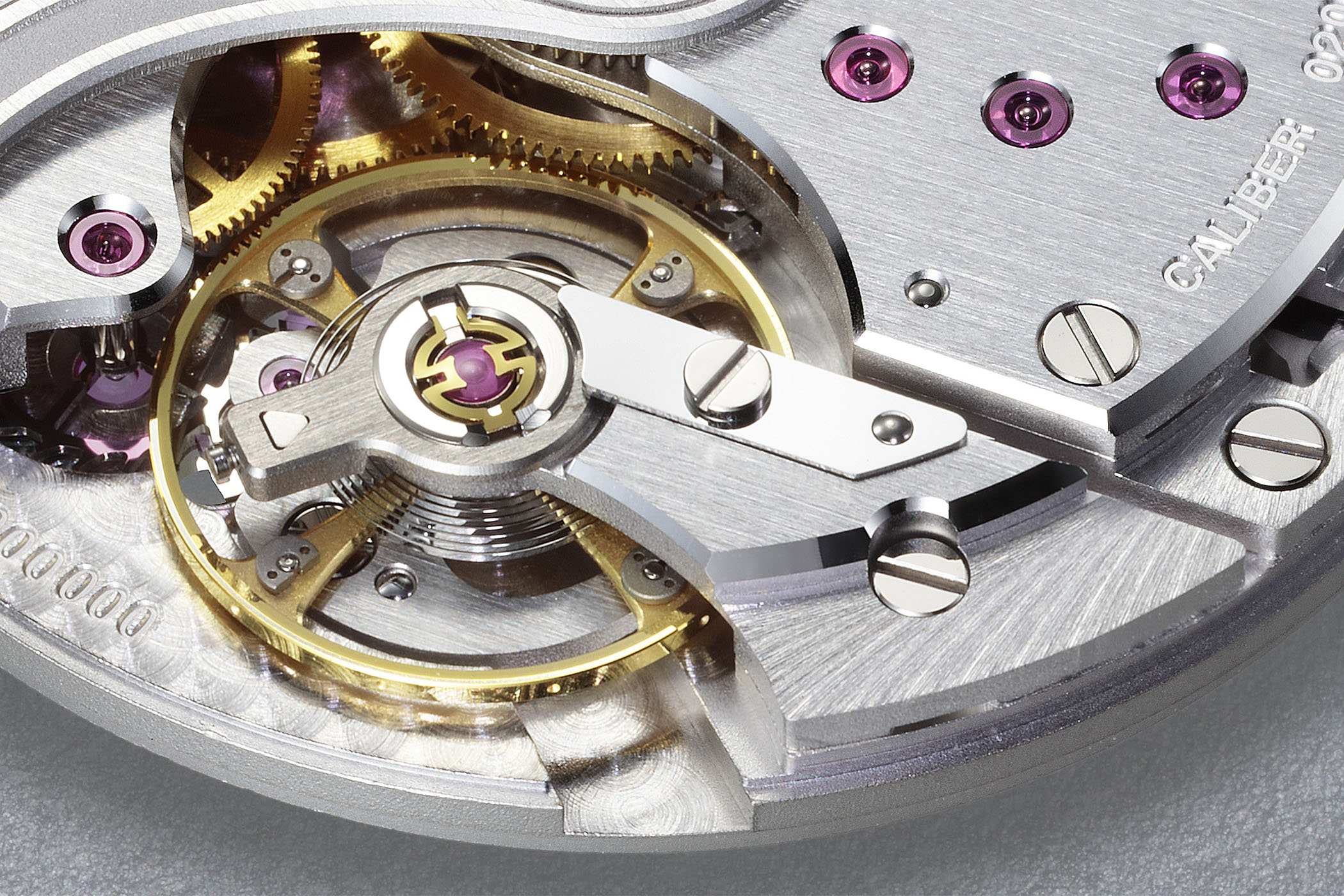
Citizen is not a name you often hear at MONOCHROME. We focus almost exclusively on mechanical watches, and most fall into the “luxury†category. That doesn’t mean a brand with the history and scope of Citizen escapes our attention, but the company’s bread and butter products generally reside outside of what we cover. However, the most recent Caliber 0200 proves that Citizen knows a thing or two about high-end watchmaking and can produce luxury mechanical pieces with accuracy levels surpassing chronometer standards. Let’s take a closer look at this horological juggernaut, its endless pursuit of accuracy and overall mechanical prowess that may surprise a few of you.
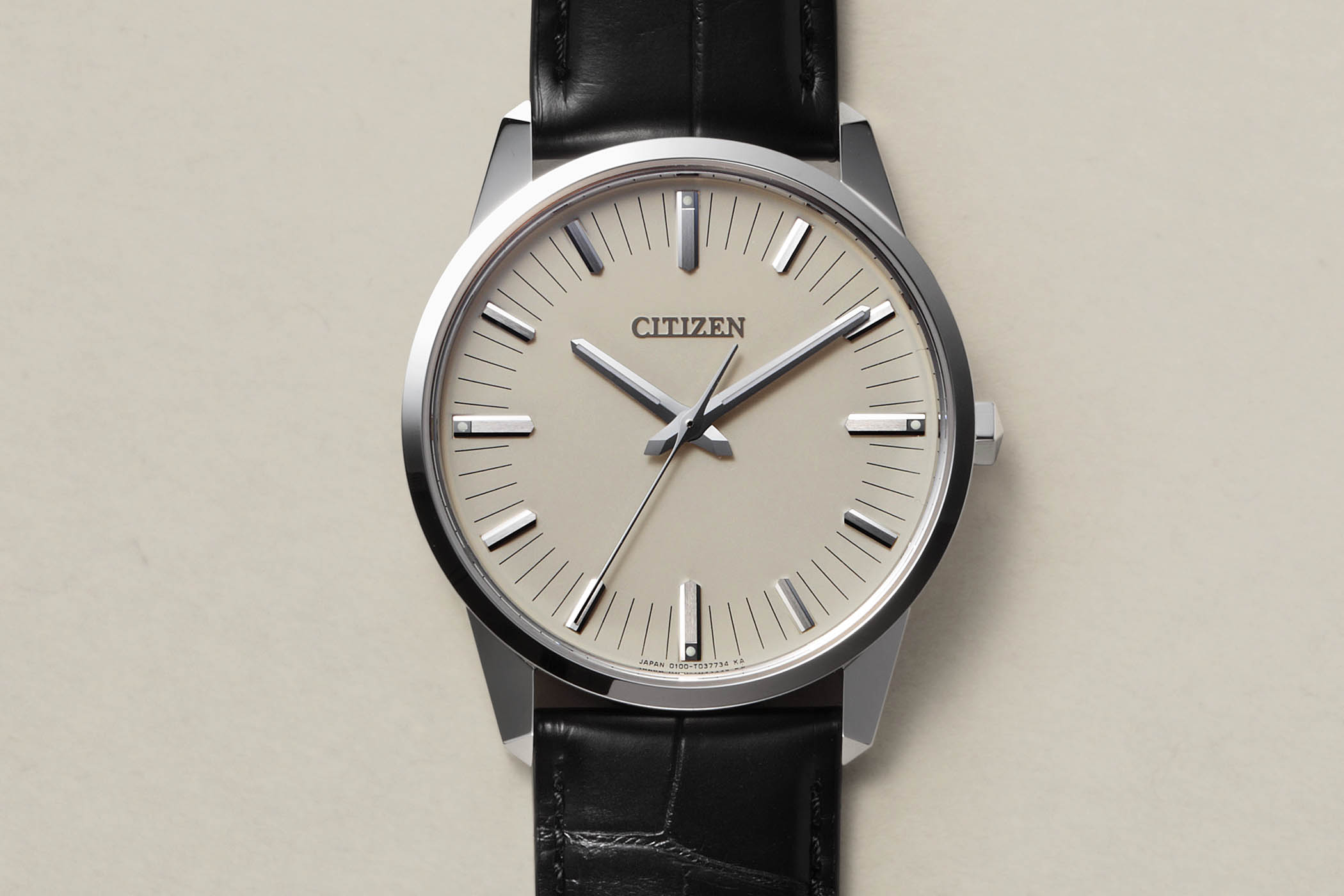
A BRAND FOR THE PEOPLE
Although founded in 1930, Citizen goes back to 1924 with a pocket watch produced by the Shokosha Watch Research Institute, founded in 1918. Swiss watchmaker Rodolphe Schmid registered the “Citizen†name in Switzerland in 1918, specifically for watches sold in Japan. This was embraced by the mayor of Tokyo, Count GotÅ Shinpei, who wanted affordable, quality watches available to the masses. The mayor’s idea of watches that could be “loved by the citizens for a long time†led to the christening of the 1924 pocket as “CITIZENâ€. Japanese and Swiss investors founded Citizen Watch Company (named after the watch), and the ethos has always been for “watches and people to live togetherâ€. Before World War II, the company relied heavily on technology and know-how from Switzerland but has since become one of the largest watchmakers and vertically integrated manufacturers in the world.
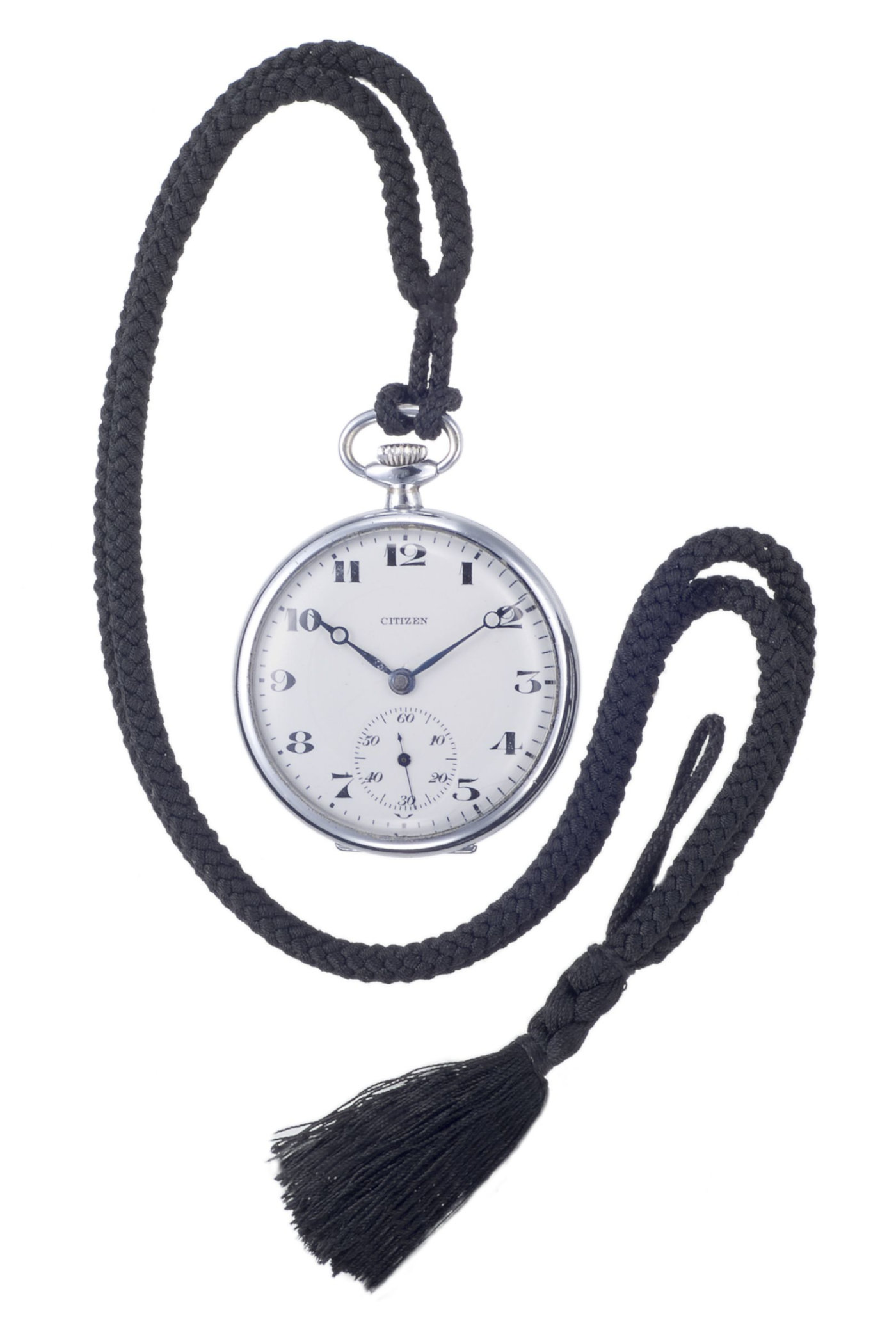
Following the war, Citizen steadily moved forward with complications and increased production. It made the first Japanese watch with a calendar in 1952, for example, and began exporting watches a few years later. Today, most malls, department stores and anyone else carrying a varied collection of affordable watches will have Citizens for sale. They’re as ubiquitous as Android smartphones (how’s that for comparison), and although popular as inexpensive, reliable tools, many are sophisticated like the Aqualand Promaster. Don’t let the glut of “cheap†models fool you, though.
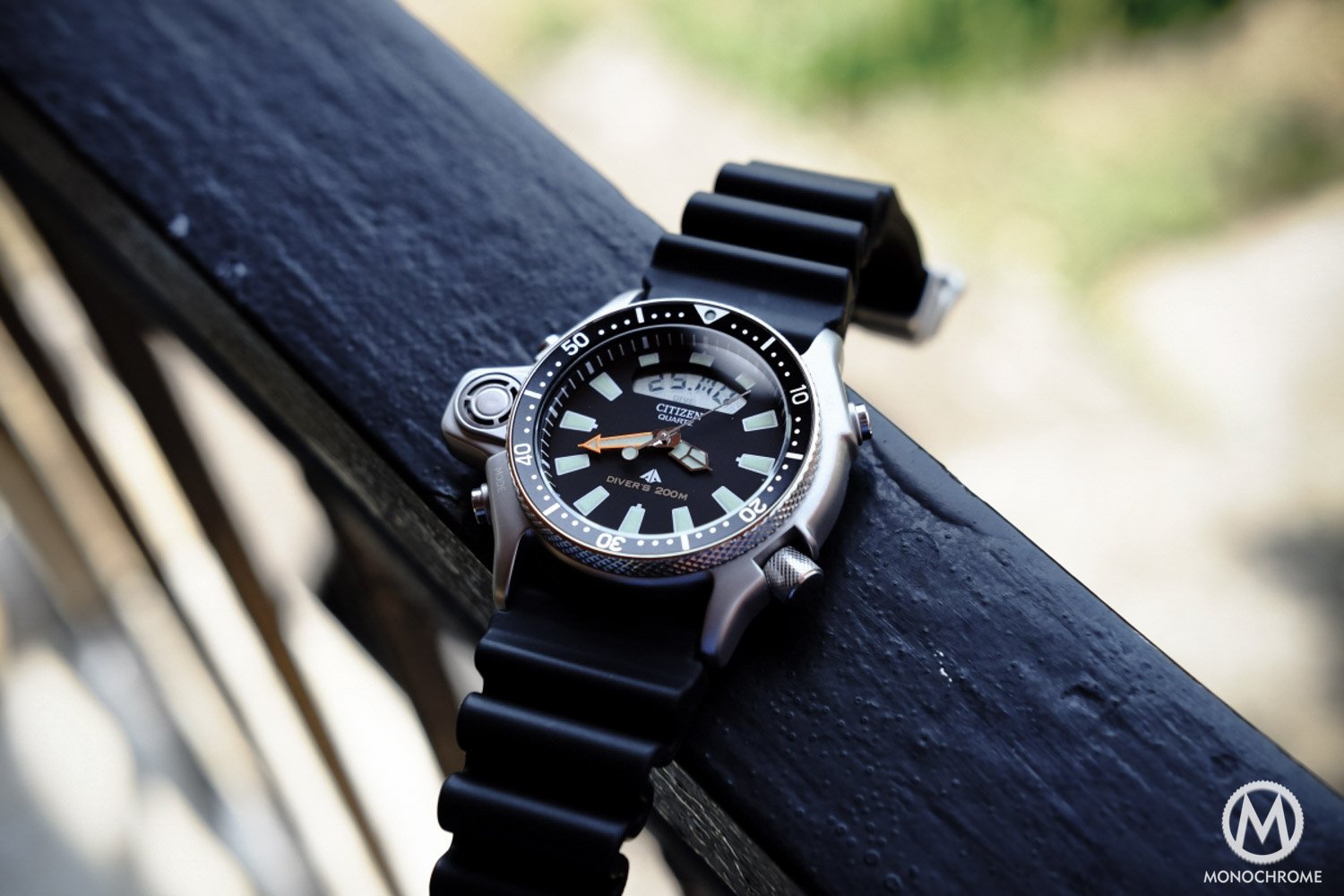
Like Seiko, Citizen has been a major innovator since its founding, introducing many firsts for over half a century. In 1964, the company established a technology research laboratory and, within two years, introduced the first Japanese electric watch, the X8 Cosmotron. It was a hybrid-electric with the mainspring replaced by an electronic equivalent, not unlike Hamilton’s Ventura in 1957 (the first battery-powered wristwatch). The X8 was a major advance for both Citizen and Japan’s watch industry, and innovation became a rallying cry for the next half century.
INEVITABLE ELECTRICITY
In 1969, Seiko introduced the world’s first quartz watch, the Astron. It forever changed the horological landscape (for better and worse) and brought a level of precision unheard of at the time. By 1976, Citizen was not only making its own quartz oscillators but had introduced the world’s first commercially available solar-powered analogue quartz watch, the CRYSTRON SOLAR CELL. It was partially in response to the global oil crisis of 1973 when companies began exploring alternative energy sources. Citizen wanted to improve on the relatively short life and the disposal of millions of quartz watch batteries.
The tech, however, fell short of the brand’s ethos – “watches and people living togetherâ€. Indoor light was rarely sufficient to generate enough electricity, and the storage cell couldn’t hold much of a reserve, so it never met the standard of an everyday watch. In the mid-1980s, a model debuted with an eight-day power reserve, and indoor lighting was now adequate. By 1995, lithium-ion tech allowed for a six-month power reserve and the renowned Citizen Eco-Drive was born. In 2007, Citizen estimated that its technology prevented the disposal of ten million watch batteries in North America alone. This was great for the environment and a poster child for efficiency but didn’t improve the actual accuracy of quartz watches.
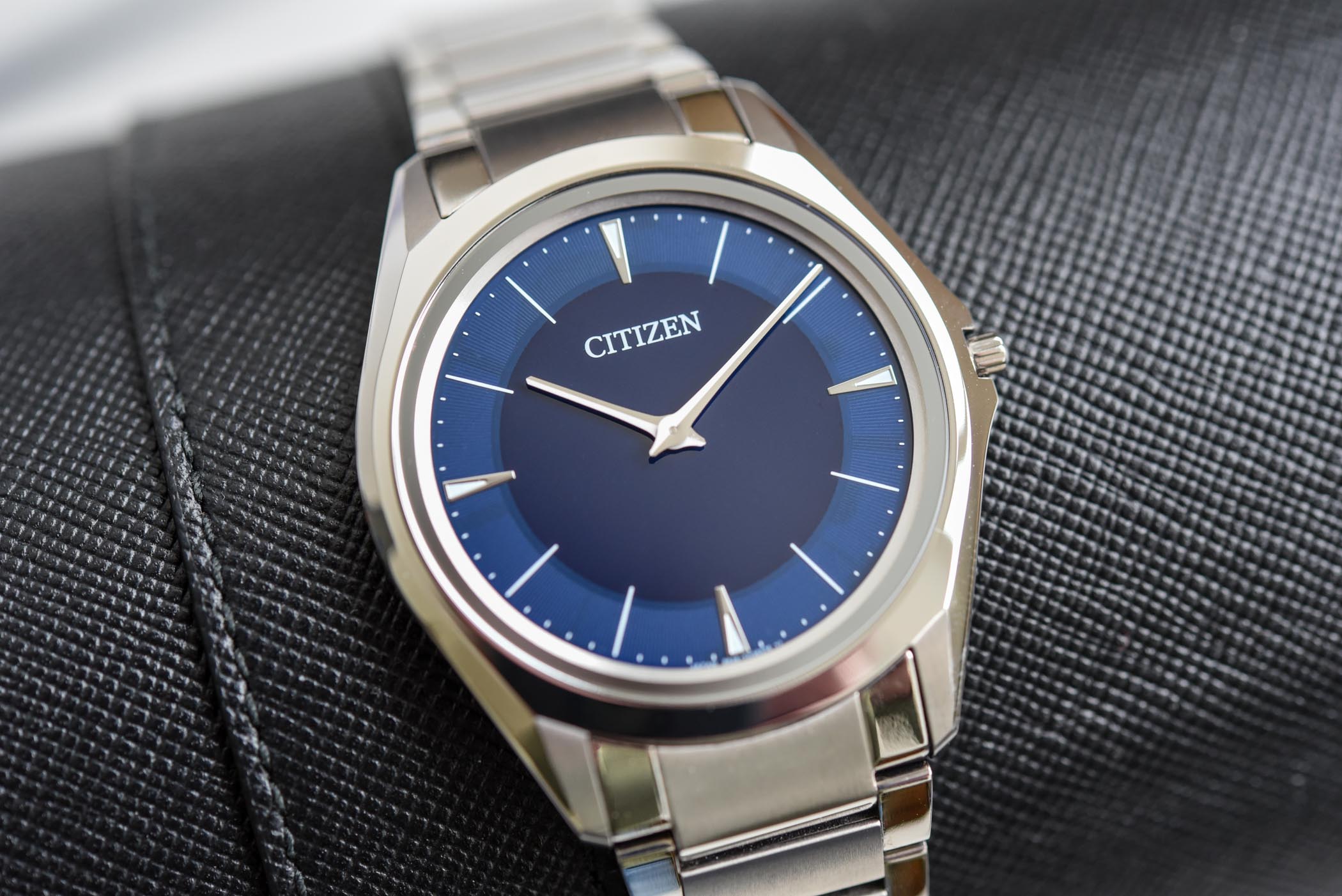
Was accuracy even an issue? Quartz was, after all, more accurate per month than most mechanical watches were per day and surpassed all traditional chronometer standards by a mile. Citizen was always in pursuit of perfection and nailed it in 1993. It launched the first watch that synchronized with atomic clocks via radio, bringing wristwatch accuracy to a staggering one second per 100,000 years (it’s measured in millions of years today). The Citizen Skyhawk A-T series could hook into atomic clocks in Japan, Europe and North America, maintaining both flawless accuracy and correct time zones. The day, date, daylight savings time and world time would all synchronize automatically. Citizen’s Perpetual Chrono A-T integrated Eco-Drive eliminated the need for batteries. Perhaps this is cheating, though. The watches ultimately rely on radio signals by institutions maintaining atomic clocks, so there isn’t an actual movement pushing such accuracy. The quartz inside simply kept things running when a radio signal was unavailable. Citizen didn’t rest on its laurels.
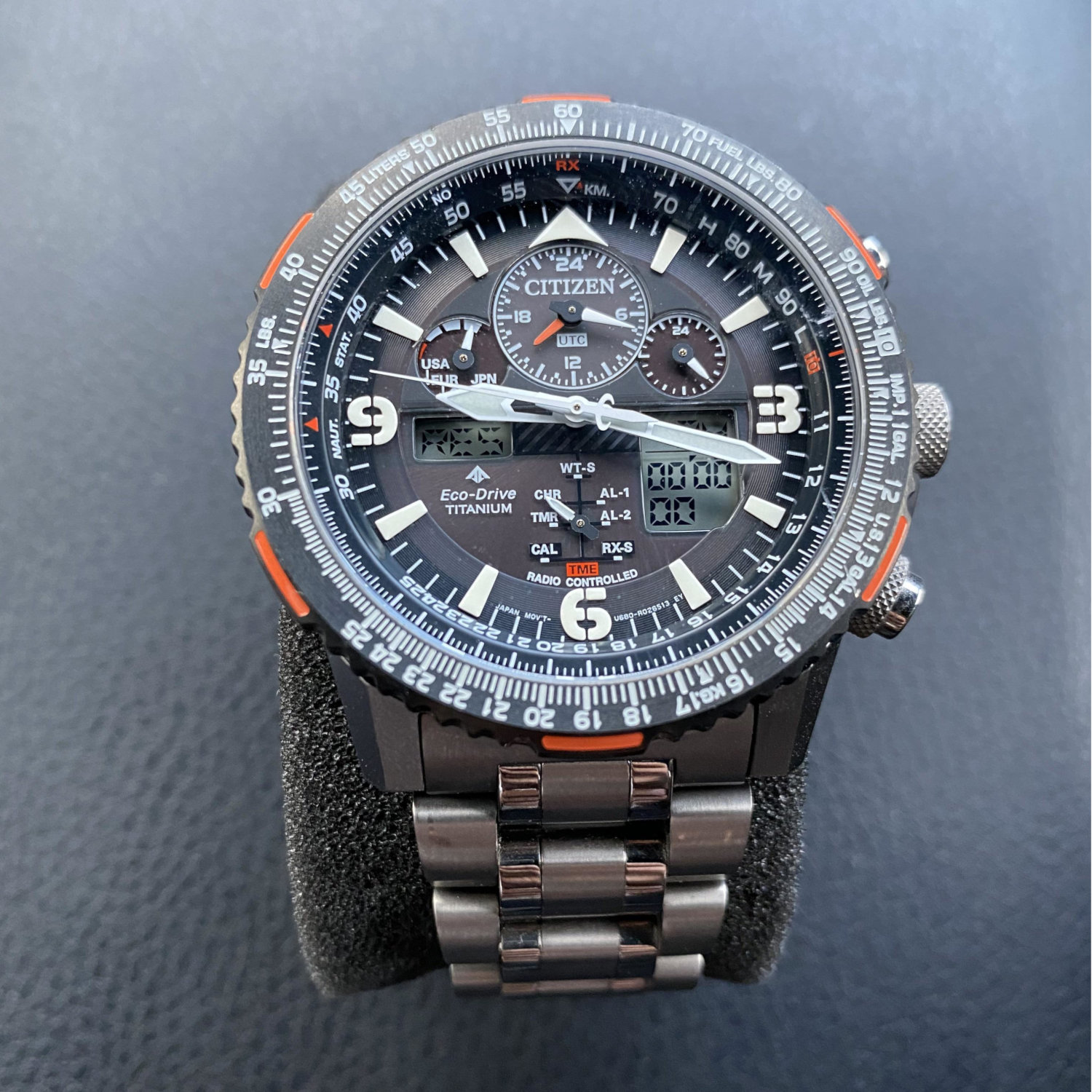
WARP SPEED
Being a MONOCHROME reader, I’m sure most of you are familiar with Miyota movements – the ubiquitous and reliable Japanese workhorses favoured by microbrands and even some luxury brands. Believe it or not, the M.A.D. EDITION 1 by MB&F’s founder Max Büsser sports a Miyota 821A automatic. Miyota, of course, is owned by Citizen and a direct rival to Seiko (think NH35 or 7S26 calibres). It doesn’t just churn out affordable movements day and night (some at one per second); it’s a major innovator as well. Established in 1959 by Citizen in Miyota, Nagano Prefecture, Japan (hence the name), it was the top movement producer in the world by 1986, and the Miyota 2035 quartz has the highest production level of any movement in history (3.5 billion produced by 2005).
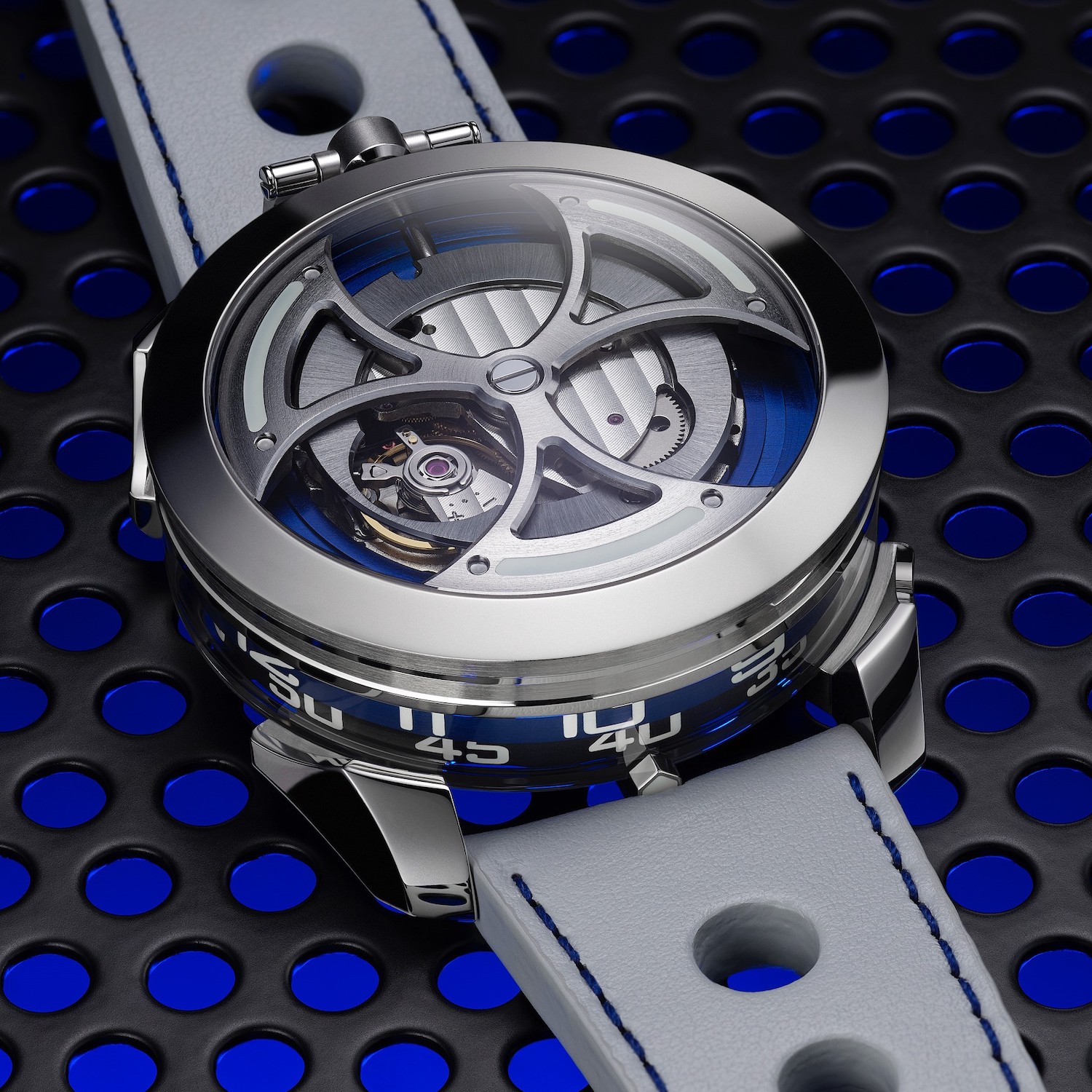
In 2010, Miyota debuted the UHF 262 kHz quartz movement with a three-prong quartz crystal, producing an ultra-high frequency of 262,144Hz; to put it into context, a high-beat mechanical movement runs at 5Hz. What does this mean? The new Miyota quartz had an accuracy of +/- 10 seconds per year, which is better than most mechanical watches per day. An average quartz movement is accurate to around 15 seconds per month, so about 3 minutes per year. Sound impressive? Well, the Eco-Drive Caliber 0100 (integrating Citizen’s Eco-Drive tech) is accurate to +/- 1 second per year. Forgoing the traditional tuning fork crystal oscillator for an AT-cut type, it vibrates at 8,388,608Hz. And you thought 262,144Hz was impressive. That’s 256 times faster than a conventional quartz and several million times faster than a mechanical counterpart. The new movement is more resistant to temperature changes and less affected by gravity, and even adjusts itself to temperature fluctuations every minute. Of course, it’s also the most accurate movement in the world.
It’s not all fancy electronic tech at Citizen. For starters, the company owns various industry brands today, including Bulova, Frédérique Constant, Arnold & Son, Alpina and most relevant to this article, La Joux-Perret. Based in La Chaux-de-Fonds, Switzerland, La Joux-Perret is a high-end movement manufacturer with clients including Jaquet Droz, Montblanc, Carl F. Bucherer and Girard-Perregaux, among many others. Citizen recently developed a new calibre with La Joux-Perret that’s unusual for the brand. Designed and assembled in Japan, the Calibre 0200 combines both companies’ watchmaking prowess with an accuracy rating of -3/+5 seconds per day – above minimum chronometer standards. It has 26 jewels, beats at 4Hz with a 60-hour power reserve. When assembled and cased, it’s tested for 17 days at six positions and three temperature levels to guarantee accuracy (certificate included).
The first watch with this calibre is called “The Citizen†and is a luxury sports watch through and through. “The Citizen†is a revived name, used earlier in conjunction with the Chronomaster, the predecessor of the Eco-Drive Caliber 0100 with an accuracy of +/- 5 seconds per year. The new mechanical “The Citizen†is a time-only piece with sub-dial seconds, but every aspect of the watch is well above the brand’s norm. That’s not to say that Citizen has never dabbled in Haute Horlogerie before this. In 2017, it launched the Tourbillon Y01 to celebrate the 300th anniversary of Daimaru, a Japanese department store chain. At around USD 90,000 and very limited, it differed from anything Citizen had ever produced (by A LOT). That anomaly aside, “The Citizen†is a different animal with design and production solely under the brand’s umbrella. It’s not clear who produced the tourbillon, with rumours pointing to Hajime Asaoka, a Japanese independent watchmaker. What “The Citizen†and Calibre 0200 demonstrate is a willingness to step into a new category fully, one generally reserved for luxury Swiss and European brands.
Citizen has already achieved the pinnacle of accuracy with the untouchable Eco-Drive Caliber 0100, but the art of watchmaking lies in the mechanical world (although Grand Seiko might have a thing or two to say about that). The brand certainly doesn’t “need†to branch out of its comfort zone with luxury watches housing well decorated mechanical chronometers. Still, with recent acquisitions like La Joux-Perret, it seems inevitable. It’s taking a big step into Seiko territory, a brand that also specializes in affordable watches, but with a thriving luxury segment as well. Competition like this is always good, and hopefully, “The Citizen†is the beginning of an expanding collection of high-end mechanical chronometers. Grand Citizen, anyone?


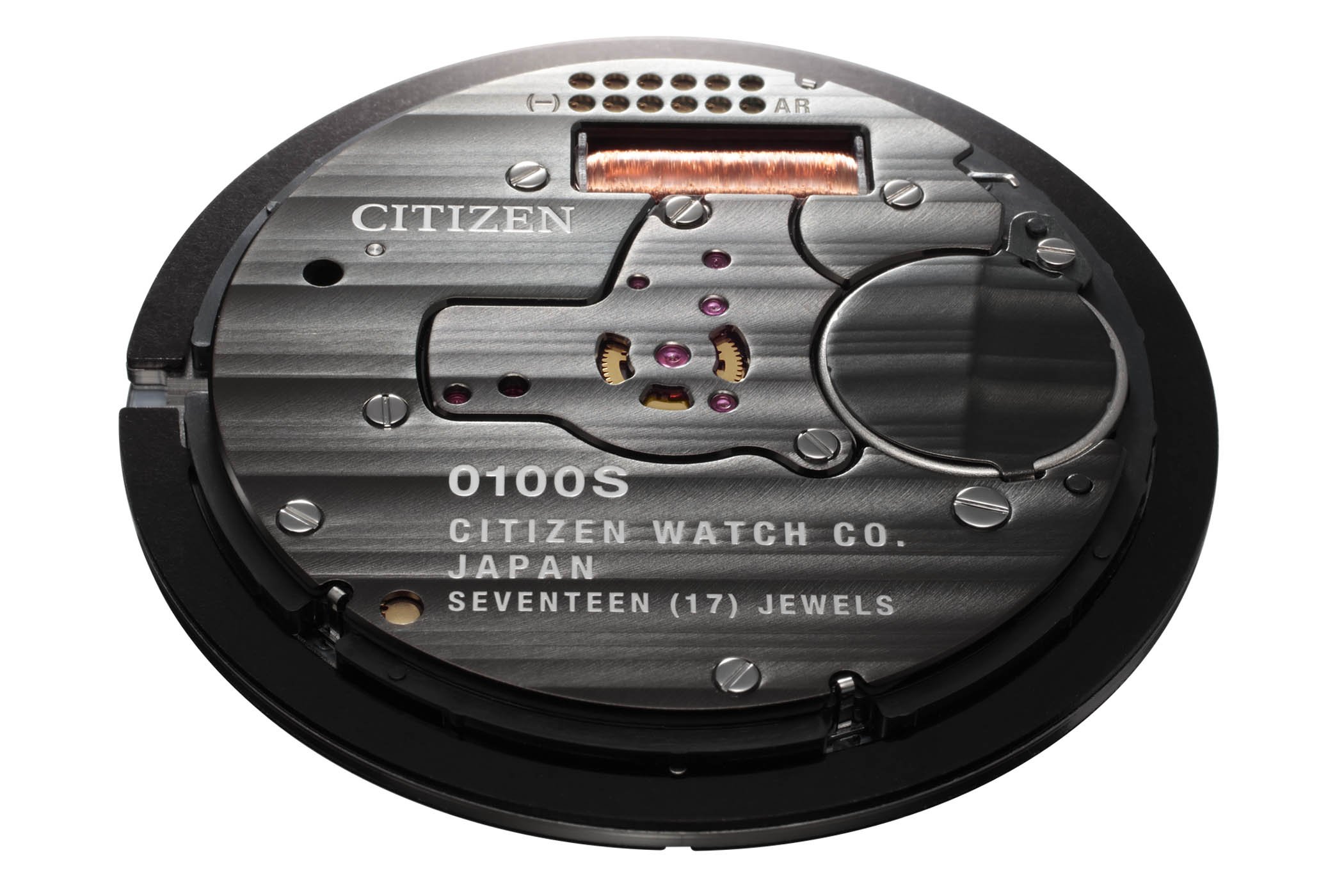
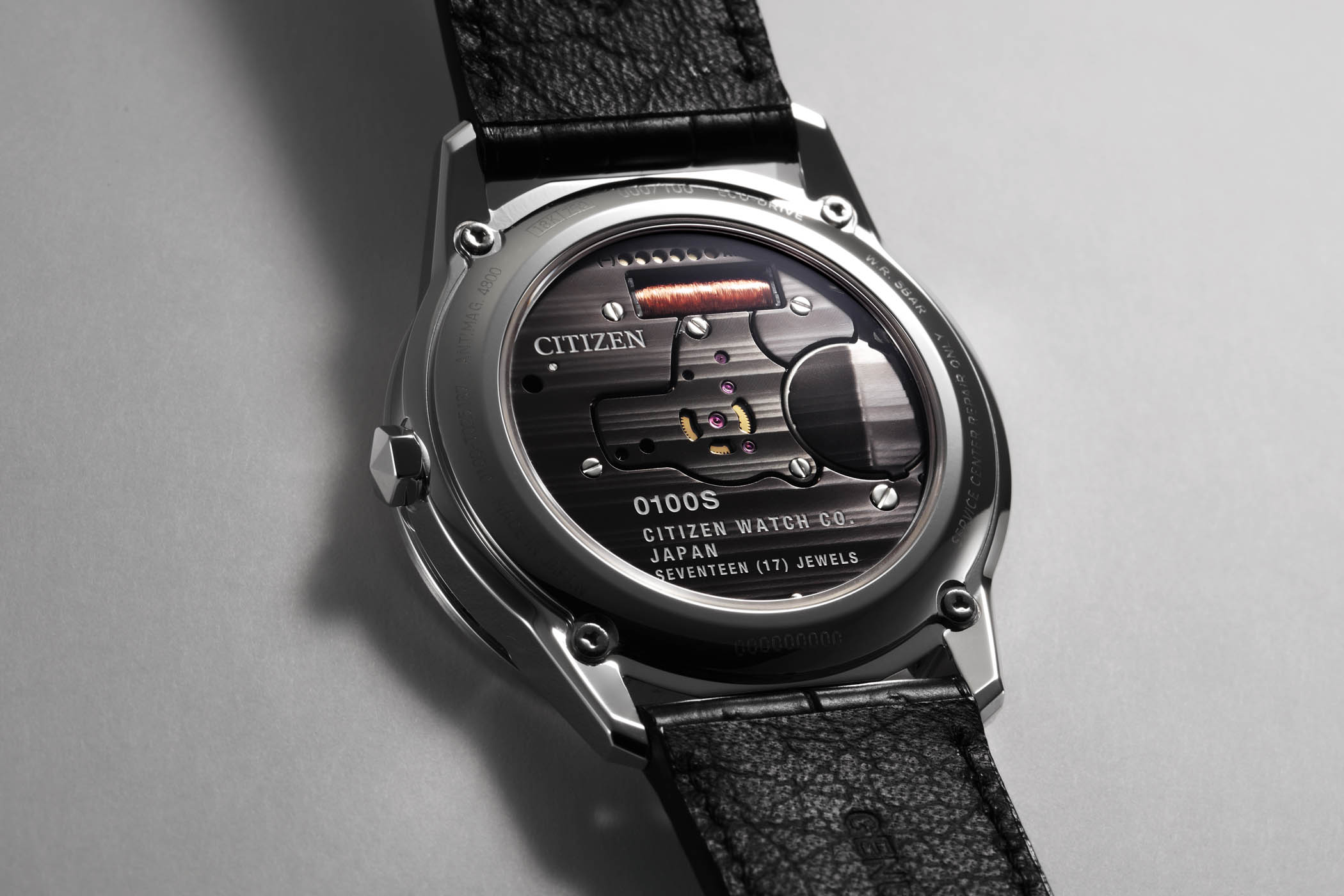
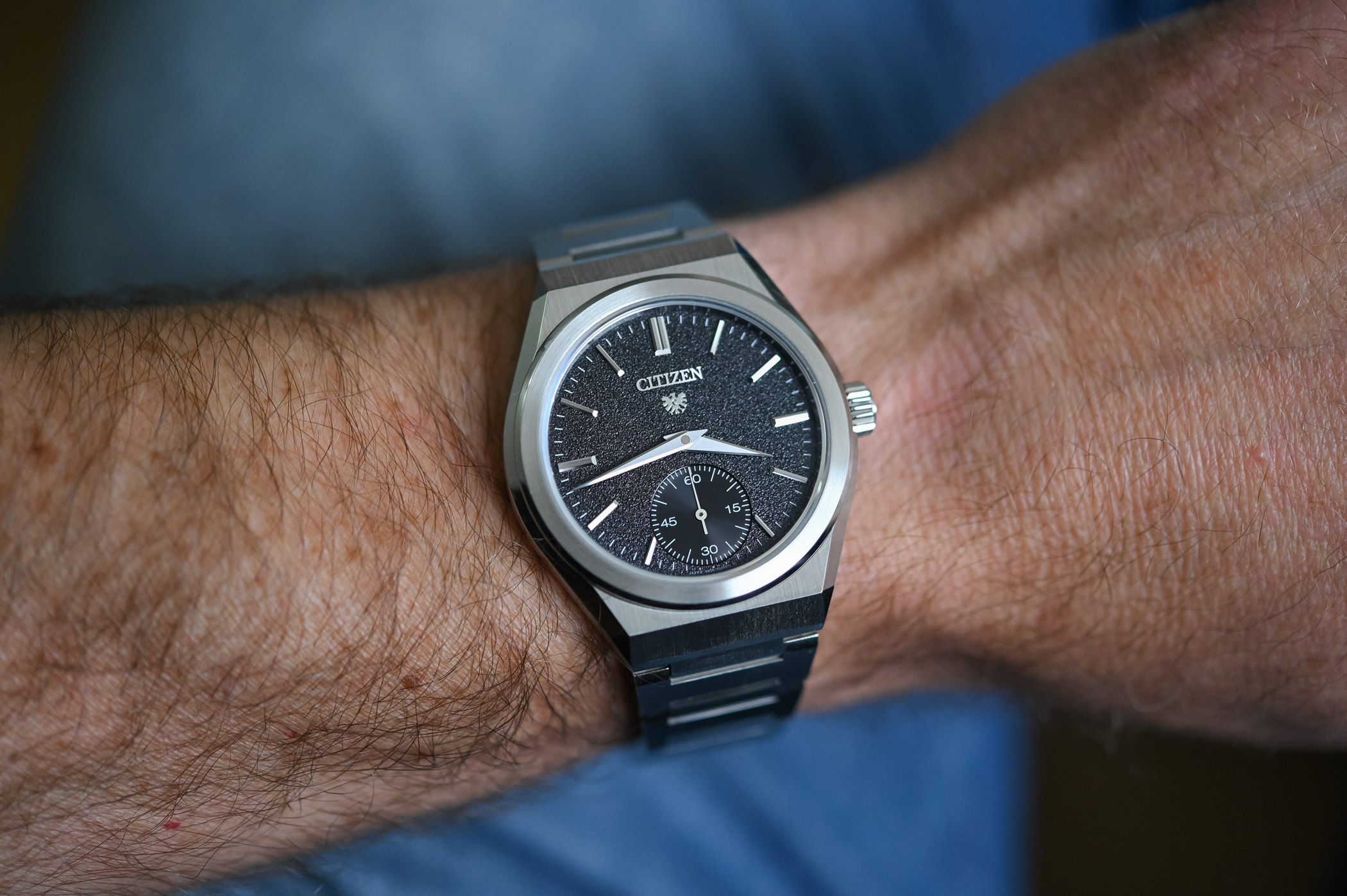
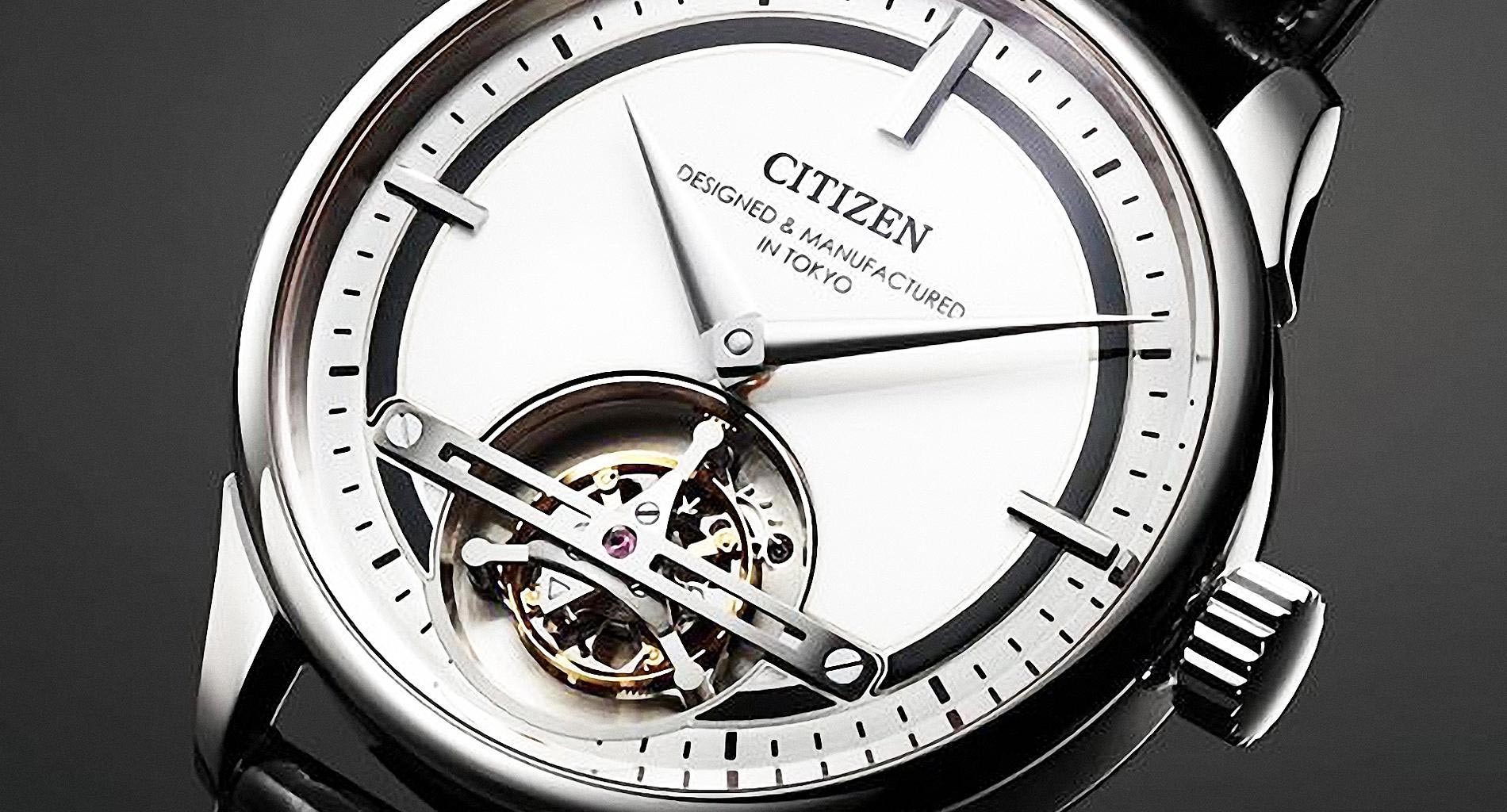
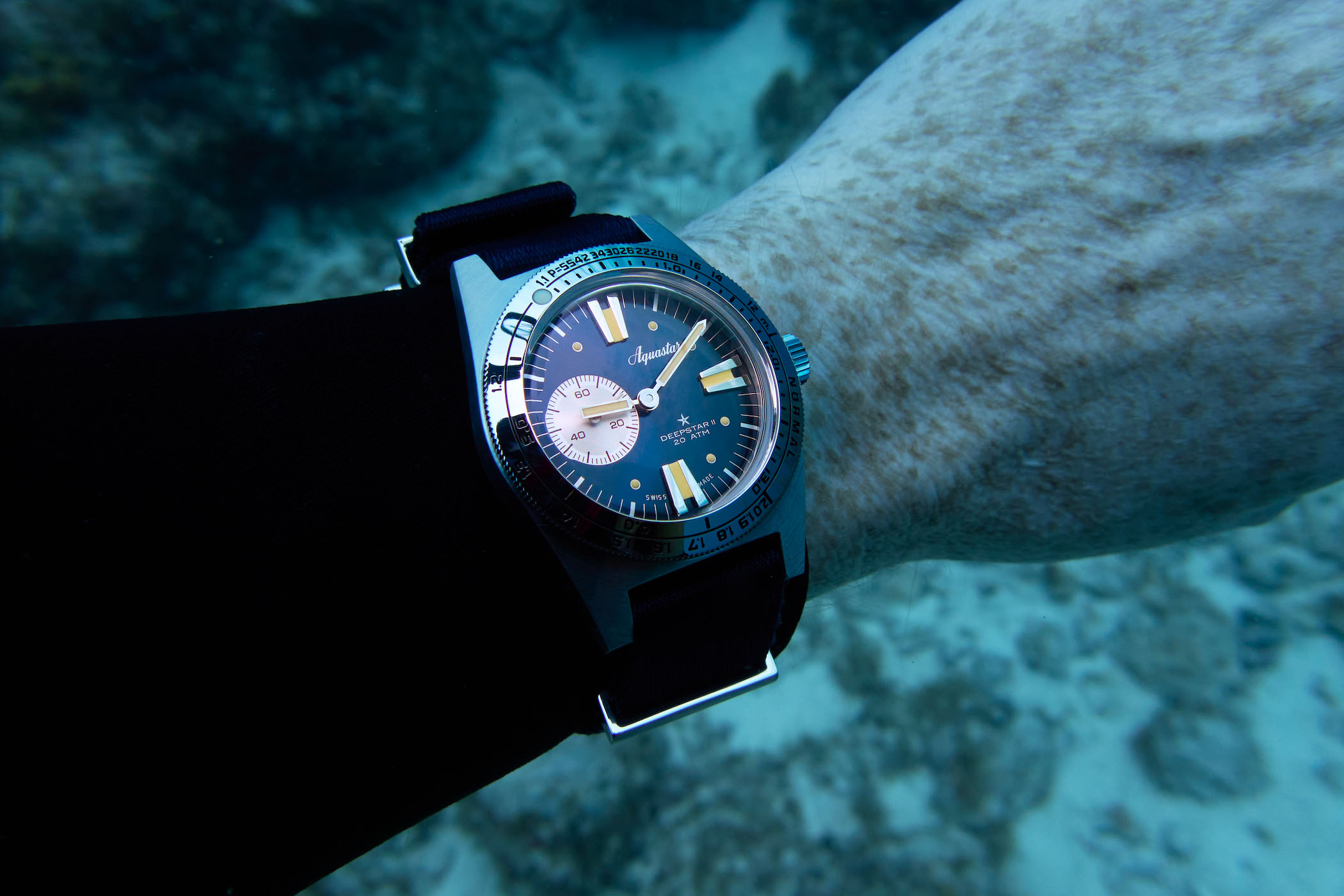
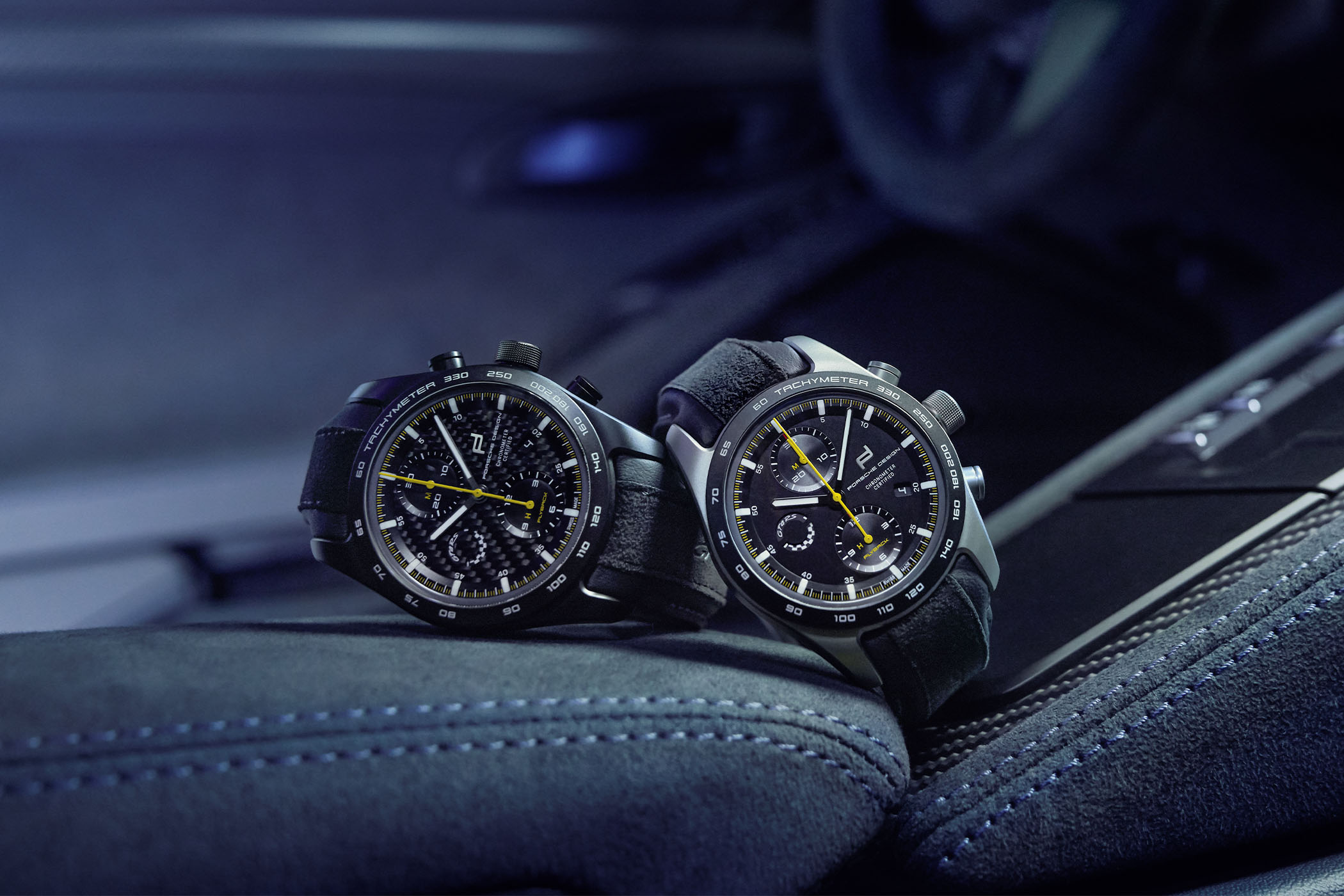
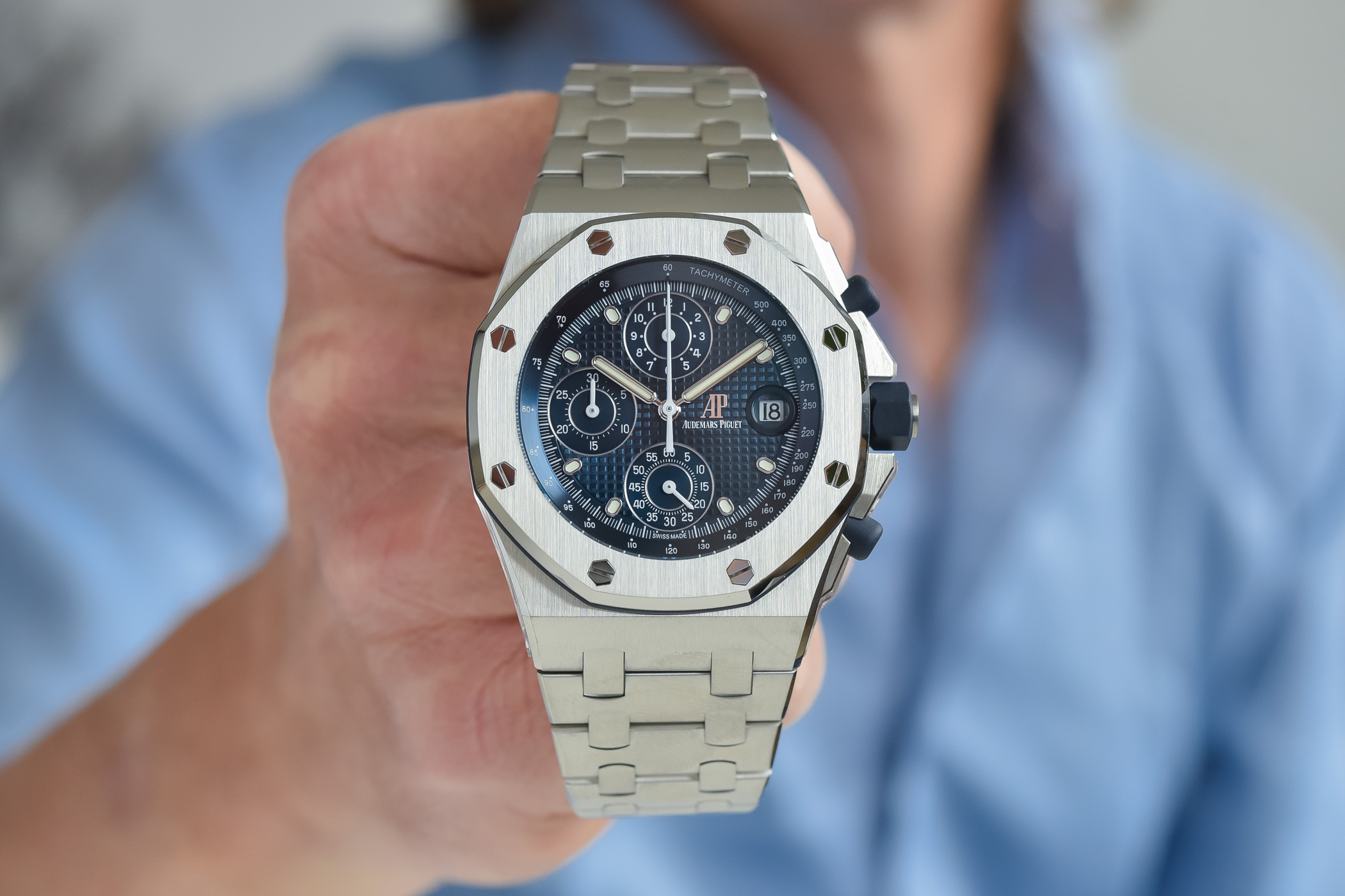
4 responses
Interesting story. Citizen continuing with horizontal and vertical integration.
Will be interesting to see whether they will be following (Grand) Seiko’s accelerating pricing strategy.
“Will be interesting to see whether they will be following (Grand) Seiko’s accelerating pricing strategy.”
Have you priced the 0200 caliber Citizen watch? At $6,000USD, yes, I believe Citizen is aware of what Seiko is doing.
after a long time citizen get out from the stigma of simple watches , but after using them for a long
time as day day watches without any failure this is a relabel watches
Este es un reloj especial y logicamente deben venderlo caro, pero en sus lineas normales Citizen sigue fiel a sus precios de siempre.